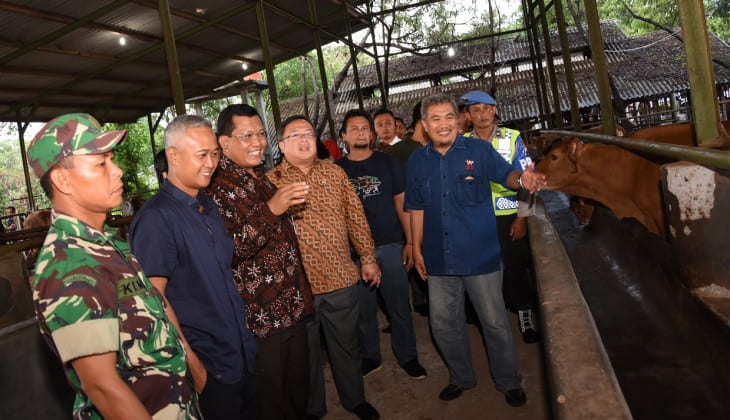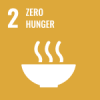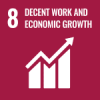
The UGM Faculty of Animal Science collaborates with the government of Katingan Regency in Central Kalimantan, to conduct research into economic development and the development of integration systems for oil palm-cattle (SISKA) in the district.
“In Katingan there are 31 oil palm plantation companies with a total land area of more than 265 thousand hectares. The area has the potential to be developed into an integration system model of oil palm and cattle breeding,” said Dr. Ir. Bambang Suwignyo, S.Pt, MP, IPM, ASEAN Eng, leader of the research team.
Katingan regency has an increasing cow population in the past three years from 8,358 to 8,854 in 2017 and 9,047 cows in 2018. Meat production increased from 1,508,200 tons to 2,613,200 tons and milk production from 433,400 tons to 550,000 tons. Meanwhile, consumption of animal protein from livestock also increased from 4.19 g to 5.46 g/capita/day.
“Based on these increased performances, the regency intends to accelerate the production through the integration of oil palm and cattle programs,” he said.
This research, he explained, was done to get a more concrete picture of the potential development of cattle farms through SISKA. The study was carried out for 5 months from July to November 2019. The study identified five palm oil companies that showed interest to join the SISKA program.
The five oil palm companies have the potential to use forages growing under oil palm trees in the form of Asystasia gangetica or spinach, field grass and shrubs with a total of 496,157.3 tons.
“This amount would meet livestock needs as much as 33,983.38 UT (livestock units),” said Bambang.
The capacity of livestock from by-products of palm oil companies (i.e., stem and leaf, solid and BIS) can accommodate 286,122 UT which is equivalent to 6 UT/ha. If the two potentials are combined, the land capacity is equal to 7 UT/ha.
“Based on this potential, we recommend the use of herding system for cattle farming,” he added.
But due to the lack of skills and experience in raising livestock, according to Bambang, they need beef cattle farming to be introduced to them along with the use of feed technology.
The majority of farm households have not yet used their land for livestock activities. Therefore, new interventions such as beef cattle farming are needed following the conditions of the land. This intervention is important because work outflow of farmers is still relatively low so they can use their time to cultivate livestock.
He added the implementation of SISKA will be done in stages, from regulations, socialization for oil companies, education for livestock groups, development of systems and intensive training.
“For the pilot project of beef cattle farming, Manduing Lama and Manduing Taheta villages have become one of the alternative regions because they already have breeder groups. In addition, the location is close to PT Intaran plantation which is expected to be a business partner in the cultivation process of the cattle-palm oil integration,” Bambang concluded. (UGM / Gloria Public Relations)



